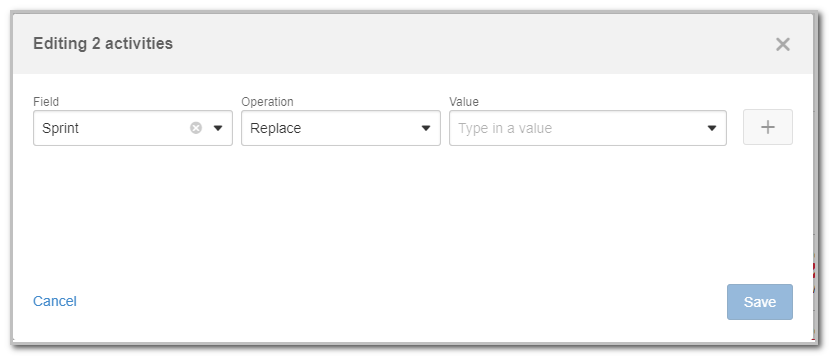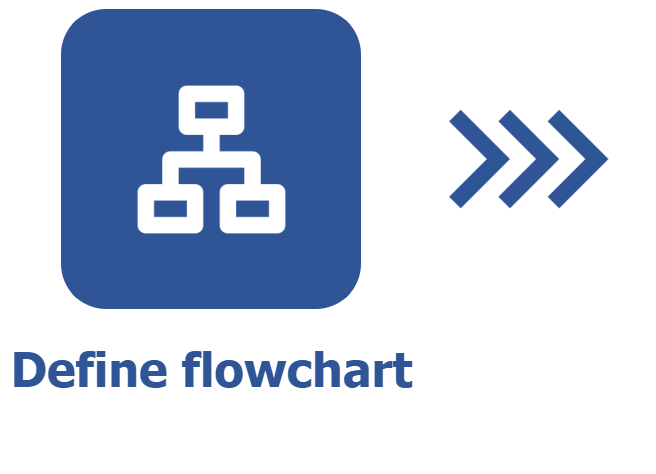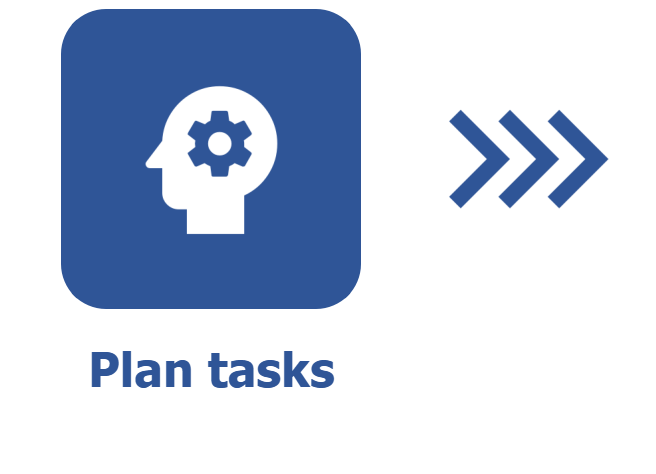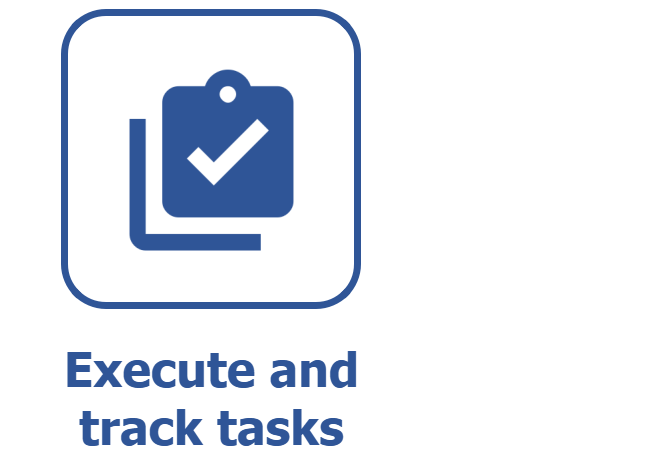How the backlog works
Introduction
The Backlog screen is essential for workspaces configured with the Scrum methodology. It is on it that the manager must plan the tasks, set deadlines, and define assignees and priorities in order to associate them later with a sprint.
After planning, the manager can also activate the sprint to start its execution, as well as finish it at the end of its cycle.
It is also possible to administer tasks through the Gantt chart, which allows the manager to have a different view of the tasks found in the backlog.
This screen will be displayed on the Board and backlog (KN008) menu and must be selected after the Vision section is expanded in the left column.
See how the screen will be displayed:

A — Options to create sprints, add or import tasks to the backlog, or batch-edit existing tasks using preset Excel spreadsheets.
B — Sprint that is active. The tasks associated with it are being executed.
C — Sprint that is already planned and that will be the next to be executed after the closure of the current sprint.
D — The Backlog section contains planned tasks that have not yet been associated with a sprint.
E — This button displays the Gantt chart of the workspace tasks. The chart allows the manager to move the time of the tasks as needed. See further details in the How to use the Gantt chart article.
F — This button will appear after more than one task is selected in the backlog. It allows editing fields shared by two or more tasks simultaneously. The tasks can have their records replaced or cleared.

G — Initiative tracking vision. Initiatives are groups of tasks related to a big delivery in the organization. See further details in the How to work with initiatives article.
Conclusion
In the backlog, when the Scrum methodology is used, it is possible to add tasks without associating them with a sprint, or plan sprints and create tasks in them. See further details in the How to create, start, and finish a sprint article.



